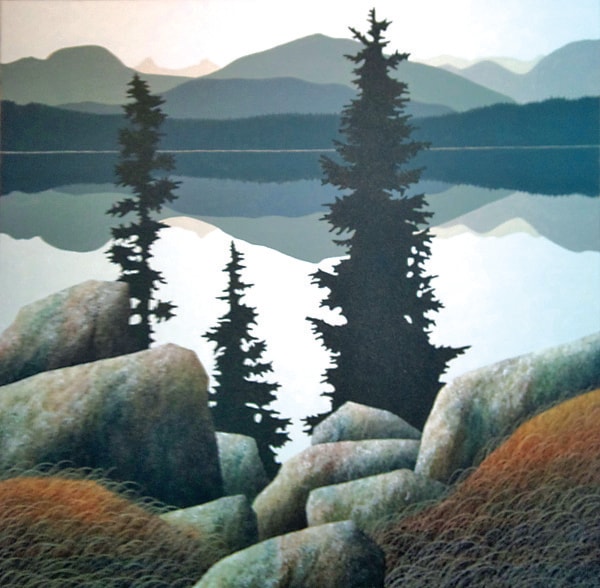The estuary working group of Project Watershed announces a special day April 2 for our community to learn about the most significant natural feature in the Comox Valley.
The event will also be the finale of the Keeping It Living Art Auction and Competition. The Courtenay River estuary is the most important estuary on Vancouver Island and is ranked as a Class 1 estuary, second in importance only to the Fraser River estuary.
This classification is based on habitat size, intertidal biodiversity and use by fish and waterfowl. This estuary provides habitat for 145 bird species (more than 70,000 birds), 218 plant species, 29 fish species (including all five species of pacific salmon) and innumerable species of intertidal animals (clams, worms, bacteria, viruses, etc.).
Yet the Courtenay River estuary is in the middle of an urban area with the Town of Comox, City of Courtenay, the Comox Valley Regional District and the K’ómoks First Nation bordering its shores.
The Courtenay River estuary is the heart of our community both physically, as it resembles a heart, and spiritually, as our beautiful geographic centre. Along with the impressive Comox Glacier, it frames our world.
For thousands of years, First Nations people have lived around the estuary in balance with the natural world, harvesting fish, clams and sea vegetables from the intertidal zone; they referred to this area as K’ómoks, the land of plenty.
Respectful indigenous management of food resources is suggested by a major archaeological study of remains of ancient wood-stake fish traps, recently completed by Nancy Greene and David McGee of Courtenay.
The Day of the Estuary will be held at the K’ómoks First Nation Band Hall.
The event will include:
• An afternoon drop-in forum from 1 to 5:30 p.m. with displays about
Fish in our Estuary, including information about the ancient traps;
Art for the Estuary; and the Keeping It Living art exhibit and auction.
• Research and restoration projects;
• Video clips;
• An authentic Eastern Canada birch bark canoe, a hand-built kayak, traditional paddles and voyageur items;
• GIS and GPS mapping — Project Watershed’s Mapping Centre
National Historic Site efforts;
• Land acquisition efforts along estuary shores;
• Estuary pledges, a citizen’s opportunity to make a stewardship pledge;
• The 2011 Courtenay River Estuary Management Plan from the Comox Valley Regional District;
• Eco neighborhoods — the Sierra Club;
• Guided tours on the shores of the estuary;
• A traditional First Nation salmon barbecue from 4 to 6 p.m.;
• A special arrival of the K’ómoks Band’s dugout canoe paddled by local politicians and other dignitaries arriving around 6 p.m.;
• A special evening program beginning at 6:30, featuring a presentation by archaeologist Nancy Greene about the Ancient Fish Traps in our Estuary; a panel discussion on "remembering the way it was” with moderator Dr. Betty Donaldson featuring longtime residents Ruth Masters, Norma Morton and Mary Everson; “What can be accomplished” by well-known artist Ken Kirkby as he discusses the Nile River estuary and how community efforts have resulted in a major fish comeback south of the Comox Valley.
RSVP to info@keepingitliving.ca if you plan to attend the evening session, as space is limited. Watch for more information as the Day of the Estuary comes near by Googling Keeping It Living.
— Project Watershed



